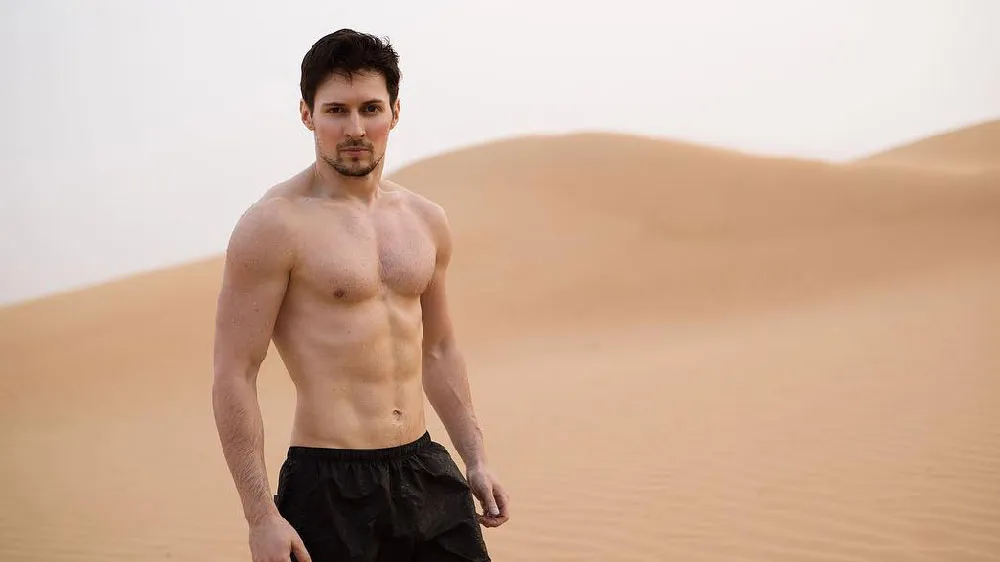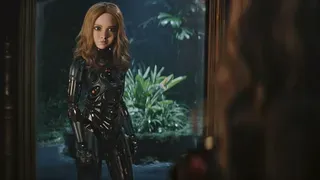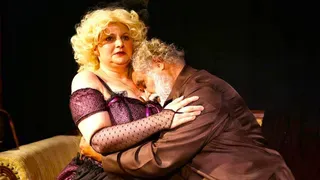November 15, 2011
The Fairy Tales of the Brothers Grimm
Kay Bourne READ TIME: 3 MIN.
When the bawdy Mae West slyly quipped that "I was Snow White, but then I drifted," everyone recognized her allusion to the fairytale of a pure young maiden.
The stories that Jacob and Wilhelm Grimm of Kessel, Germany collected about two hundred years ago for their "Children's and Household Tales" became some of the most famous in the world and are the foundation for the enormous genre of "children's books."
The immediately identifiable characters pop up frequently as a kind of shorthand to communicate ideas of everything from ambition, marital friction, and betrayal ("The Fisherman and His Wife") to even the power and attractiveness of hair ("Rapunzel"). Even psychoanalysts paid heed with followers of Sigmund Freud contending that the fairy tales are sexual, and, by and large, rooted in Oedipal concerns.
Less considered has been the impact the Brothers Grimm's fairytales have had on book illustrators and the visual iconography that continues to influence artists, art directors, make-up artists, filmmakers, and animators today. Think of NBC TV's cop drama "Grimm" with wolves and other monsters from the fairy tales as the villains who are seen snarling with their tongues lolling out of their mouths in their horrific true appearance only by one of the detectives, who, it turns out, is a descendant of the Grimm brothers. Or, try playing the hidden object video game "Grim Tales/The Bride" in which you battle a demon to rescue your sister who's vanished on her wedding day.
That interplay between the visual artist and these treasured stories and their impact on the culture overall is explored in an enthralling new book by the German-based Tashen, edited by Noel David and with some 27 fairy tales newly translated by Matthew P. Price with Noel Daniel, "The Fairy Tales of the Brothers Grimm."
For instance, "Puss 'n Boots," the story of an irrepressibly classy cat and his humble master, has color lithographs done in 1946 from the Swiss artist Herbert Leupin, who evidenced a great sense of humor in his art. The award winning poster artist transitioned from lithography to offset printing by the 1950s and at this time embraced drawing cartoon-like characters used by Coca Cola, Ford, and others in their advertising. Dreamworks riffs on the Grimm fairy tale and Leupin's wryness for the popular movie "Puss In Boots" currently dominating the moviegoer ratings.
One of the book's strongest assets is an appendix of artists' biographies that capsulate their careers from when they first illustrated Grimm's fairy tales to great success and lasting memory to the present and the impact these important illustrators have had on visual artistry.
Founded in 1980 by Benedikt Taschen, the art book publisher has made a business of taking mainstream the lesser-seen art that is potentially controversial, including fetishistic imagery and queer art. Whatever the subject matter, their books are noted for being beautifully designed and marketed at popular prices (the handsome "The Fairy Tales of the Brothers Grimm," by example, is offered for under $24 at Amazon.com).
Parental alert: the translations of the stories apparently cleave to the originals that in a couple of instances are pretty strong stuff for the modern day child to be thinking about at bedtime. Say, in "Snow White," the envious, hateful queen feels compelled to visit the young woman now having married royalty whom people say is her stepdaughter. As the aging beauty stands in fear and shock when she recognizes Snow White, nearby smithies are making slippers out of iron heated over coals. They carry this lethal footwear with tongs over to the queen who is made to walk in the red-hot shoes until she falls on the ground, dead. Likewise "Cinderella" ends with doves pecking out the eyes of the two stepsisters.
By and large, however, "The Fairy Tales of the Brothers Grimm" is a happy stroll down memory lane for adults and for children, a delightful anthology of stories that tend nowadays otherwise to be available as a book for each one of the tales individually.
Most importantly, the illustrators get their due.







